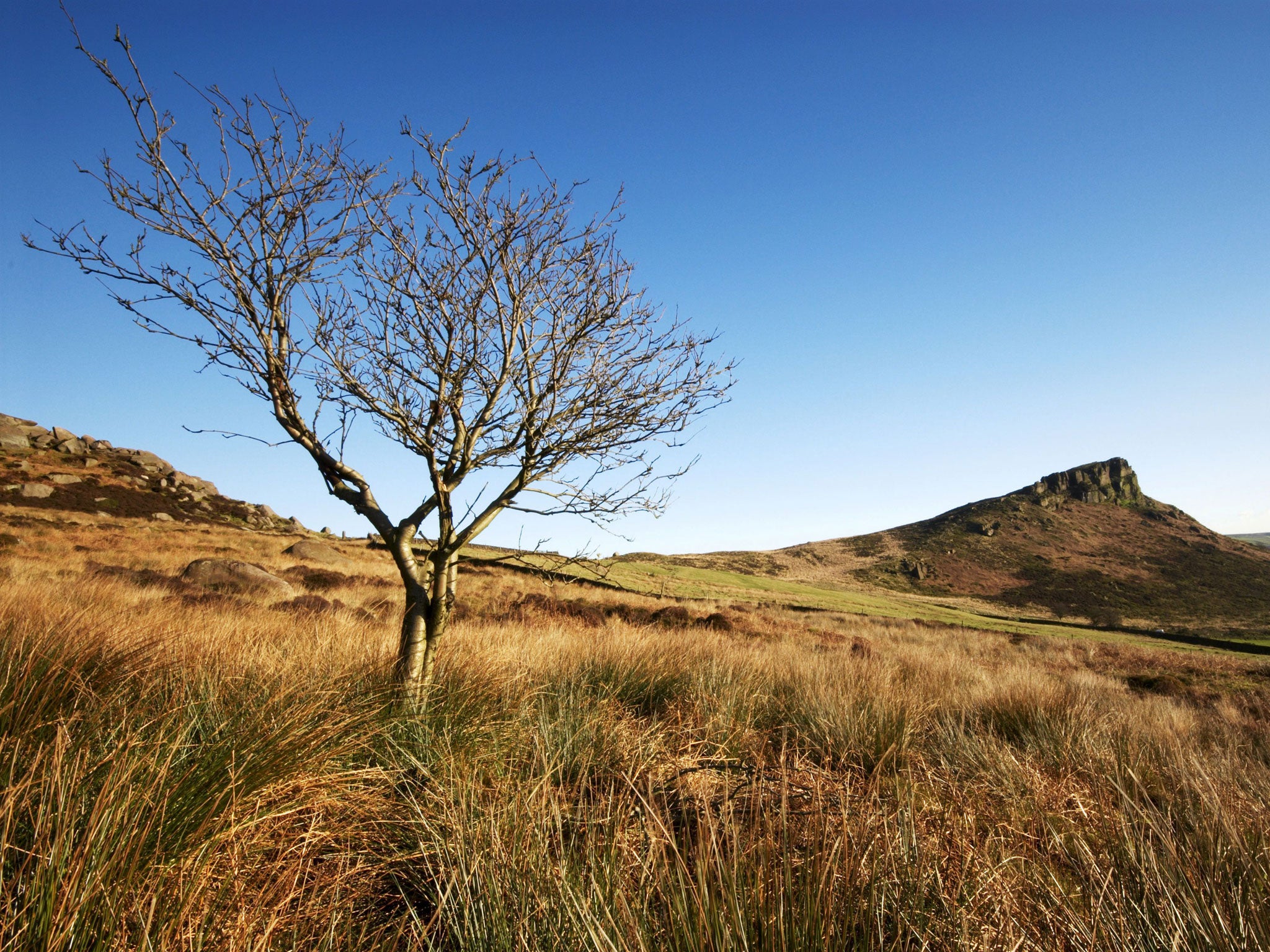Government's growth drive means England's most treasured landscapes can be 'vandalised' by developers

Your support helps us to tell the story
From reproductive rights to climate change to Big Tech, The Independent is on the ground when the story is developing. Whether it's investigating the financials of Elon Musk's pro-Trump PAC or producing our latest documentary, 'The A Word', which shines a light on the American women fighting for reproductive rights, we know how important it is to parse out the facts from the messaging.
At such a critical moment in US history, we need reporters on the ground. Your donation allows us to keep sending journalists to speak to both sides of the story.
The Independent is trusted by Americans across the entire political spectrum. And unlike many other quality news outlets, we choose not to lock Americans out of our reporting and analysis with paywalls. We believe quality journalism should be available to everyone, paid for by those who can afford it.
Your support makes all the difference.Some of England’s most beautiful countryside, including its 10 national parks, faces the threat of “vandalism” by developers taking advantage of the Government’s drive for economic growth, the Campaign to Protect Rural England will warn today.
Its president, the former Poet Laureate Sir Andrew Motion, accuses ministers of creating an atmosphere under which all development is seen as beneficial – even when it intrudes on treasured landscapes. In a new report the CPRE says areas in greatest peril include the Mendip Hills in Somerset, the South Downs in Kent, the Shropshire Hills, the Yorkshire Dales, the Lake District and the Peak District.
Sir Andrew writes: “The English countryside is our great collective masterpiece – and any development that needlessly damages it is an act of vandalism. CPRE is observing a growing number of cases where this type of defacement is happening. Alarmingly, threats are even extending into some of our most beautiful landscapes such as our national parks and areas of outstanding natural beauty and into locally valued landscapes.”
He says: “I want to make it clear I do not think our politicians are deliberately setting out to degrade and destroy our landscapes. However, they have created an atmosphere where all development is seen as good development. When even our protected countryside is at risk, what hope is there for our unprotected but equally loved ‘ordinary’ countryside?”
The CPRE condemns the number of wind farms surrounding the Lake District national park, as well as on the North Downs in Hampshire and the Shropshire Hills, each of which is designated an area of natural beauty (AONB). It raises fears over applications for large-scale “solar farms” in AONBs in Dorset, Suffolk and East Sussex, for an open-cast coal mine in the North Pennines and for a waste incinerator on the edge of the Cotswolds.
The group attacks plans to build 521 houses in the Kent Downs AONB near Dover, 650 properties in the High Weald AONB in Kent and East Sussex, and 350 homes near Dawlish on the Devon coast. It warns that the historic Wiltshire market town of Malmesbury, famed for its 17th-century abbey, is “threatened by cumulative development applications”.
Major road-building schemes threaten to increase congestion while “devastating wide areas of countryside”. The CPRE blames the Government’s drive for growth for fuelling the large numbers of planning applications in protected areas such as national parks, and criticises the Planning Minister, Nick Boles, for suggesting they are in danger of becoming “museum pieces”.
A spokesman for the Department for Communities and Local Government said the report was misleading. “Strong planning protections remain in place for National Parks and Areas of Outstanding Natural Beauty, which are some of this country’s most important national treasures,” he said.
Join our commenting forum
Join thought-provoking conversations, follow other Independent readers and see their replies
Comments